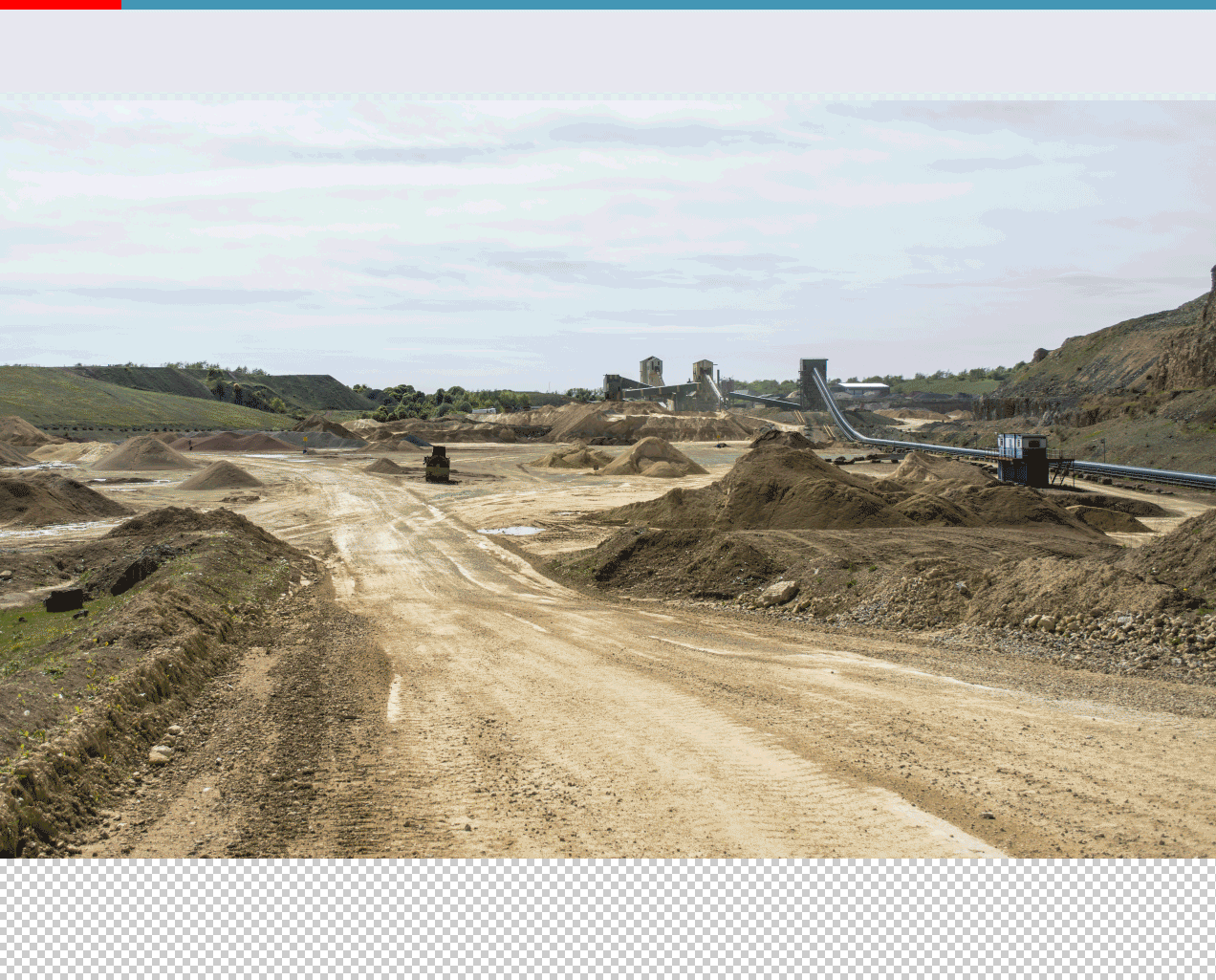I say “art” because a composite image is much more than a photograph, it is a combination of visual elements used to invent a bigger idea by an artist—someone who creates something that would not otherwise exist. And not necessarily an idea that is unbelievable or outside reality—a composite image used in advertising often simply tells a story in ideal terms, one that shows the audience something that might not exist in real life but that is nonetheless intrinsically possible.
One such “artist” or “art director” is photographer Clint Davis. His portfolio includes work for brands such as General Electric, Porsche, and Pepsi for agencies such as BBDO, MARC USA, and Razorfish.
Today, to explore the idea of photo compositing, I’ll point you to a project he did back in 2015 for Mercedes-Benz. Note, he did not take all the photographs, he composed the image from parts and pieces of existing work and a vehicle he shot earlier.
The animation of this and other projects show how he worked his magic. I think you’ll agree the sum of those images tells a far more compelling story than any of its parts.

The result…

Davis’ blog post show some other examples and tell you more about the process…
From Clint Davis’ website (use the vertical sliders to see the before and after)…
See the images in action: The Mercedes-Benz Van Brochure (9.6MB PDF)…
New to compositing? Here’s an overview…
We’re getting so good at this, many worry about showing the audience images that they cannot discern as unedited images, composites, or total fantasy. If you’re interested in how to detect such images, there’s interesting work being done by, among others Hany Farid, a Professor at the University of California, Berkeley.
Creating, Weaponizing, and Detecting Deep Fakes…
Thanks to Jeff Green for pointing us to it.
Images used with permission: Clint Davis, clintdavis.com
Posted in JANUARY 2020 / Chuck Green is the principal of Logic Arts, a design and marketing firm, a contributor to numerous magazines and websites, and the author of books published by Random House, Peachpit Press, and Rockport Publishers. All rights reserved. Copyright 2007-2021 Chuck Green/Logic Arts Corporation. Contact.




Thoughts?